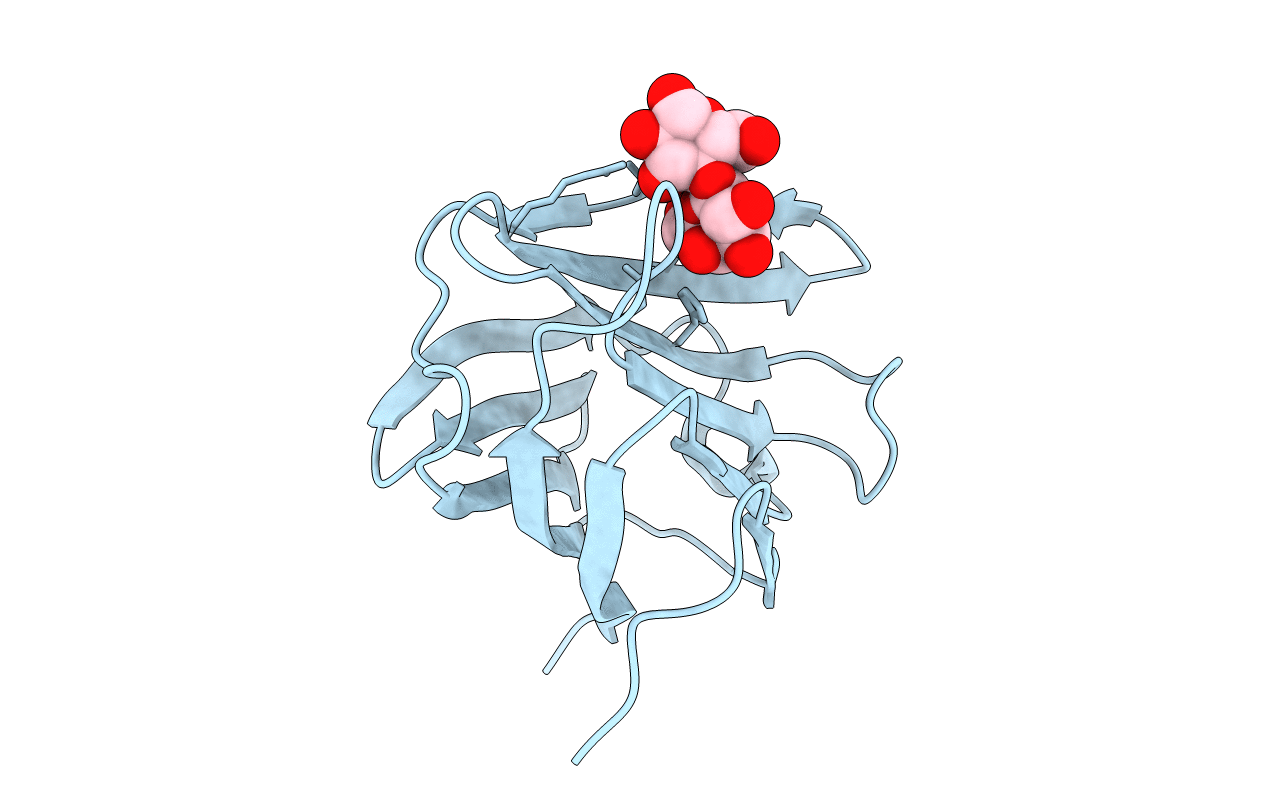
Deposition Date
2019-12-17
Release Date
2020-10-14
Last Version Date
2023-11-22
Method Details:
Experimental Method:
Resolution:
2.00 Å
R-Value Free:
0.21
R-Value Work:
0.16
R-Value Observed:
0.16
Space Group:
C 1 2 1


